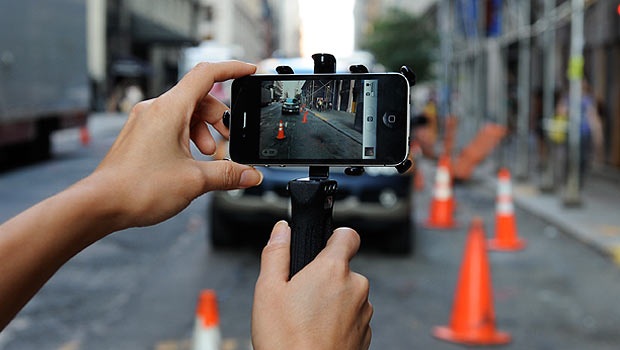Anand Ramamoorthy, Managing Director, Micron India
Memories form the basis on which we build our lives. We form associations, learn, create and draw
meaning from our memories. The involuntary curl of your toes during your first kiss, holding your child in
your arms for the first time, the way grandma’s hands felt – the stuff money can’t buy.
From an Ice Age cave painting that recorded a successful hunt; to the cover of Time Magazine that marked an important place in time; to your Facebook page where you recorded what you ate for breakfast – there is a generative need for human beings to keep records. Maybe because our brains are imperfect record keepers, we have come to rely on images to build the narratives of our lives and our communities.
In the digital age, smartphones have enabled us to shoot, edit and share near professional images at the click of a button. While digital single-lens reflex (DSLR) cameras, will serve you well in a professional setting, a trusty smartphone camera is always at hand to capture the spur-of-the-moment experiences of daily life.
Today, top-end phones such as the Xiaomi Mi 10 Pro and the Motorola edge+ have multiple lenses that switch mid-zoom without the user ever noticing. Both employ what’s known as “computational photography,” which basically means smart cameras automatically apply settings to create better photos.
Algorithms read the light, depth of field and other factors to adjust settings that used to require an expensive digital camera and a skilled operator. And these cameras, guided by software, snap handfuls of images and select the best one, cutting the wheat from the chaff without users needing to hit the delete button over and over. This is just one example of how camera technology in smartphones has improved rapidly just over a few years.
Today’s smartphones boast additional software not typically available on DSLRs, including night modes, panoramic settings, document modes, and the ability to stack multiple images to create the best photo. Both also use artificial intelligence (AI) to figure out what kinds of images its user prefers. That camera in your pocket is really a technological marvel. Getting those low-light photos or extreme close-up shots requires state-of-the-art camera hardware and super-smart software working together in perfect harmony.
More memory leads to better images — faster!
More demanding camera functions require more DRAM to run shooting and editing applications smoothly.
That’s where Micron comes in. The Xiaomi Mi 10 Pro and the Motorola edge+ both boast up to 12 gigabytes of Micron’s next-generation low-power DDR5 DRAM (LPDDR5), more than some desktop computers, giving these phones the computational muscle to incorporate AI and other sophisticated algorithms into the cameras. The need for more and more DRAM in phones has continued to increase with the advent of 5G connectivity. From just 2018 to 2020, the amount of low-power DRAM in the highest-end flagship phones has doubled from 8GB to 16GB.
So the next time you pull out your phone to capture a significant moment in your life, or as some of us do, take a picture of your breakfast, I hope you remember that memory technology plays no small part in ensuring you get the perfect picture.




